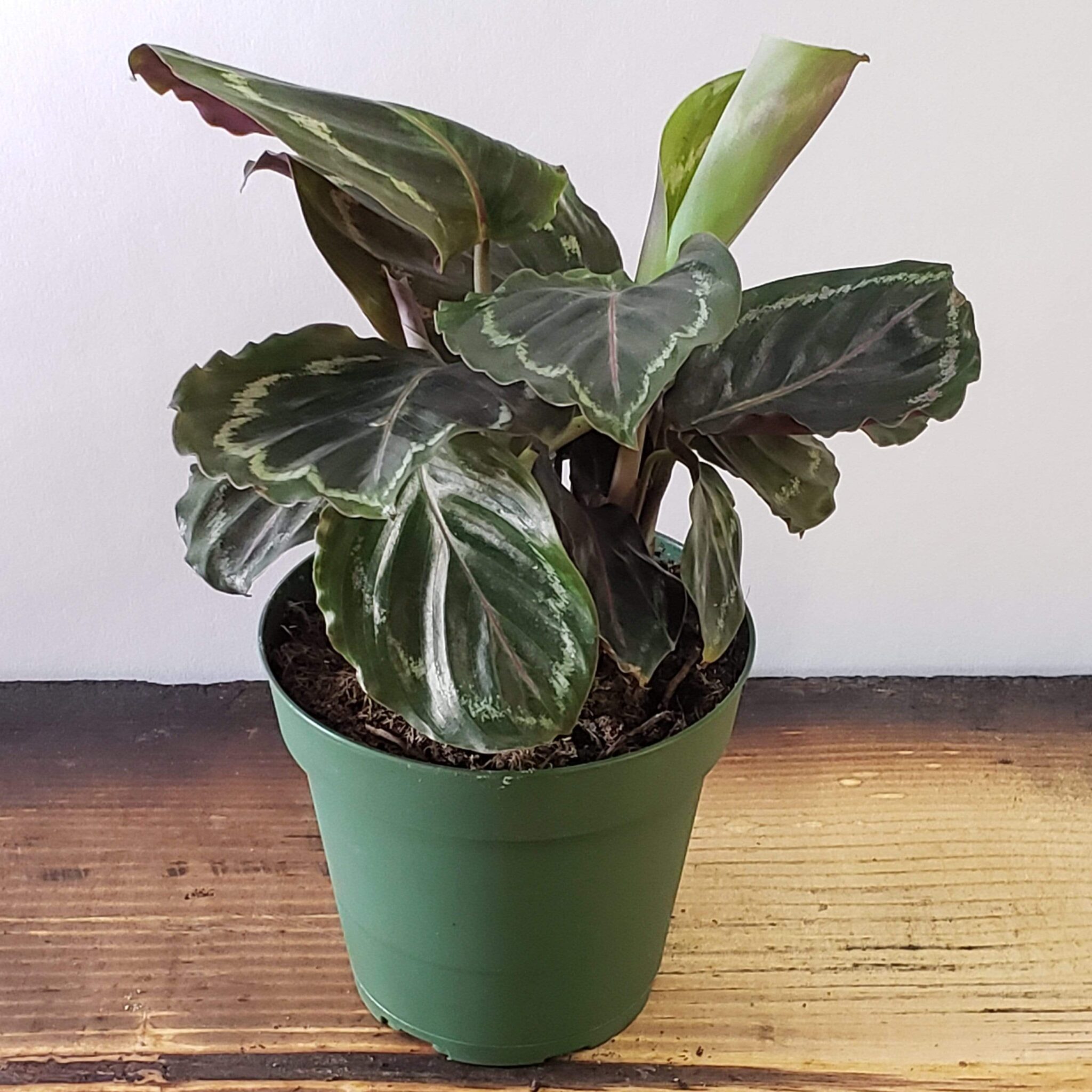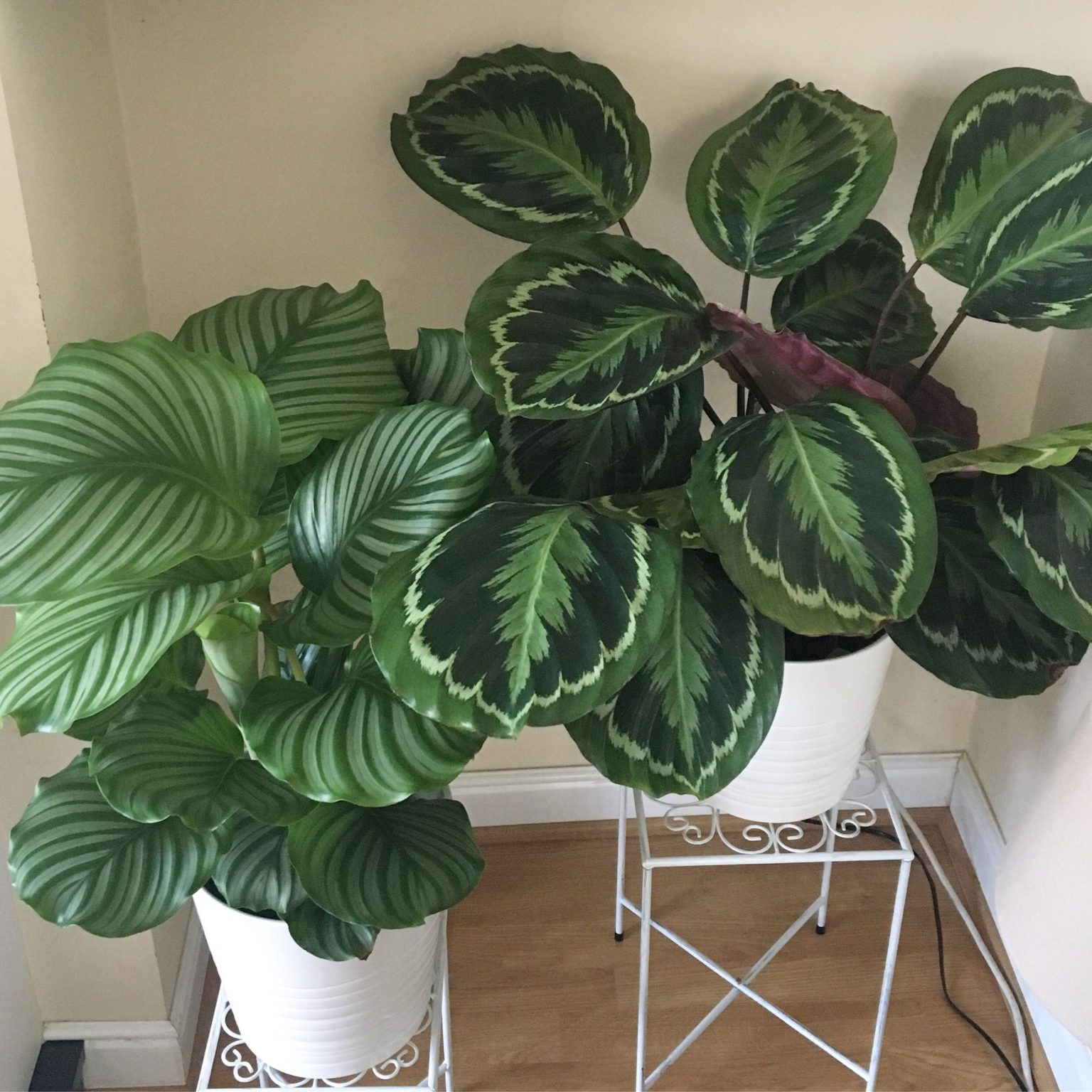Unlocking the Secrets of Calathea Care
Calathea plants have become increasingly popular in recent years, and it’s easy to see why. With their stunning foliage and low-maintenance requirements, they’re a great addition to any home or office. However, to truly appreciate the beauty and health of these plants, it’s essential to understand how to take care of a Calathea. By providing the right conditions and care, you can enjoy the many benefits of Calathea ownership, from air purification to aesthetic appeal. In this comprehensive guide, we’ll explore the ins and outs of Calathea care, covering everything from lighting and watering to fertilization and pruning.
Creating the Ideal Environment
Calathea plants thrive in environments that mimic their natural habitats. To create the ideal environment for your Calathea, it’s essential to understand its lighting, temperature, and humidity requirements. When it comes to lighting, Calathea plants prefer bright, indirect light but can tolerate low light conditions. Placing your Calathea near an east- or west-facing window is ideal, as it will receive gentle, indirect light. Avoid direct sunlight, as it can cause leaf scorch and discoloration. In terms of temperature, Calathea plants prefer temperatures between 65°F to 75°F (18°C to 24°C), making them a great addition to homes and offices with average temperatures. Humidity is also crucial, as Calathea plants thrive in humid environments with a relative humidity of 50% to 70%. To replicate these conditions, you can place your Calathea on a tray filled with water and pebbles or use a humidifier nearby. By creating the ideal environment, you’ll be well on your way to understanding how to take care of a Calathea and enjoying its many benefits.
Watering Wisdom: Avoiding Over- and Under-Watering
Proper watering is crucial when it comes to understanding how to take care of a Calathea. Over-watering is one of the most common mistakes Calathea owners make, and it can lead to root rot, fungal diseases, and even death. On the other hand, under-watering can cause leaves to become brittle, curled, and discolored. To avoid these issues, it’s essential to check the soil moisture regularly. Stick your finger into the soil up to the first knuckle, and if the soil feels dry, it’s time to water. Water your Calathea thoroughly, making sure the pot drains well to prevent waterlogged soil. The frequency of watering will depend on the humidity, temperature, and light exposure of your environment. As a general rule, water your Calathea every 1-2 weeks during the spring and summer months, and every 4-6 weeks during the fall and winter months. By mastering the art of watering, you’ll be well on your way to becoming a Calathea expert and enjoying the many benefits of these beautiful plants.
Nourishing Your Calathea: Fertilization and Soil Care
Fertilization plays a vital role in Calathea care, as it provides essential nutrients for healthy growth and development. When it comes to fertilizing your Calathea, it’s essential to choose a balanced, water-soluble fertilizer that is specifically formulated for tropical plants. A 20-20-20 fertilizer is an excellent option, as it provides equal amounts of nitrogen, phosphorus, and potassium. Apply the fertilizer at half the recommended strength to avoid burning the roots. Fertilize your Calathea every 2-3 weeks during the growing season (spring and summer) and once a month during the dormant season (fall and winter). In addition to fertilization, proper soil care is crucial for maintaining healthy roots and preventing waterlogged soil. Use a well-draining potting mix specifically designed for tropical plants, and repot your Calathea every 1-2 years to refresh the soil and provide a larger pot if necessary. By following these fertilization and soil care tips, you’ll be well on your way to understanding how to take care of a Calathea and enjoying its many benefits.
Pruning and Grooming: Maintaining Shape and Promoting Growth
Pruning and grooming are essential aspects of Calathea care, as they help maintain the plant’s shape, promote healthy growth, and remove dead or damaged leaves. To prune your Calathea, use clean, sharp scissors or pruning shears to remove any dead or damaged leaves or stems. Cut back any leggy stems to encourage bushy growth and maintain a balanced shape. It’s also important to remove any brown or yellow leaves, as they can attract pests and spread disease. Regular pruning will also encourage your Calathea to produce new growth and prevent it from becoming leggy. In addition to pruning, regular grooming is necessary to keep your Calathea looking its best. Use a soft-bristled brush or a clean cloth to gently remove any dust or debris from the leaves. This will help maintain the plant’s natural shine and prevent dust from accumulating on the leaves. By incorporating regular pruning and grooming into your Calathea care routine, you’ll be able to enjoy a healthy, thriving plant that adds beauty and elegance to any room. Remember, understanding how to take care of a Calathea requires attention to detail and regular maintenance, but the rewards are well worth the effort.
Pest Control and Disease Prevention
Calathea plants are susceptible to various pests and diseases that can compromise their health and beauty. To prevent infestations and infections, it’s essential to monitor your plant regularly and take prompt action if you notice any signs of trouble. Common pests that affect Calathea plants include spider mites, mealybugs, and scale. These pests can cause yellowing leaves, white powdery residue, and sticky honeydew droplets. To control pest infestations, use insecticidal soap or neem oil according to the product’s instructions. Regularly inspecting your plant and isolating it from other plants can also help prevent the spread of pests. In addition to pests, Calathea plants are also prone to diseases such as root rot, leaf spot, and crown rot. These diseases are often caused by overwatering, poor air circulation, and high humidity. To prevent diseases, ensure good air circulation around your plant, avoid overwatering, and remove any dead or damaged leaves. If you do encounter disease issues, treat your plant with a fungicide and adjust its care routine to prevent further infection. By understanding how to take care of a Calathea and taking proactive steps to prevent pests and diseases, you can enjoy a healthy, thriving plant that brings beauty and elegance to your home.
Repotting and Propagation: Giving Your Calathea a Fresh Start
As your Calathea grows, it may outgrow its container or require a refresh to maintain its health and beauty. Repotting and propagation are essential skills to master when learning how to take care of a Calathea. The best time to repot your Calathea is during the spring or summer when it becomes pot-bound, which means the roots have filled the container. Choose a pot that is only one to two sizes larger than the current one, and use a well-draining potting mix to prevent waterlogged soil. When repotting, gently remove the plant from its container, taking care not to damage the roots. Inspect the roots and trim any that are circling or dead. This will encourage healthy growth and prevent root bound conditions. Propagation is another way to give your Calathea a fresh start. You can propagate Calathea plants by dividing the roots or using stem cuttings. To divide the roots, gently separate the roots into sections, making sure each section has at least one growing stem. Plant each section in a new pot, and water thoroughly. For stem cuttings, cut a healthy stem section from the mother plant, remove lower leaves, and plant it in a pot filled with moistened potting mix. Keep the soil consistently moist and warm until roots develop. By mastering the art of repotting and propagation, you can enjoy multiple healthy Calathea plants and share them with friends and family.
Troubleshooting Common Calathea Care Issues
Despite your best efforts, you may still encounter issues when caring for your Calathea. Yellowing leaves, curling, or droopy stems are common problems that can arise from improper care. To troubleshoot these issues, it’s essential to identify the underlying cause. Yellowing leaves can be a sign of overwatering, underwatering, or too much direct sunlight. Adjust your watering schedule and provide filtered sunlight to resolve this issue. Curling leaves can be caused by low humidity, dry air, or exposure to extreme temperatures. To address this, increase the humidity around your plant by placing it on a tray filled with water and pebbles or using a humidifier. Droopy stems can be a sign of root bound conditions, which can be resolved by repotting your Calathea into a larger pot with fresh potting mix. By understanding how to take care of a Calathea and being able to identify and address common issues, you can ensure your plant remains healthy and thriving. Remember, every Calathea is unique, and it may take some trial and error to find the right balance of care for your specific plant. With patience and practice, you’ll become an expert in Calathea care and enjoy the many benefits of having these beautiful plants in your home.







